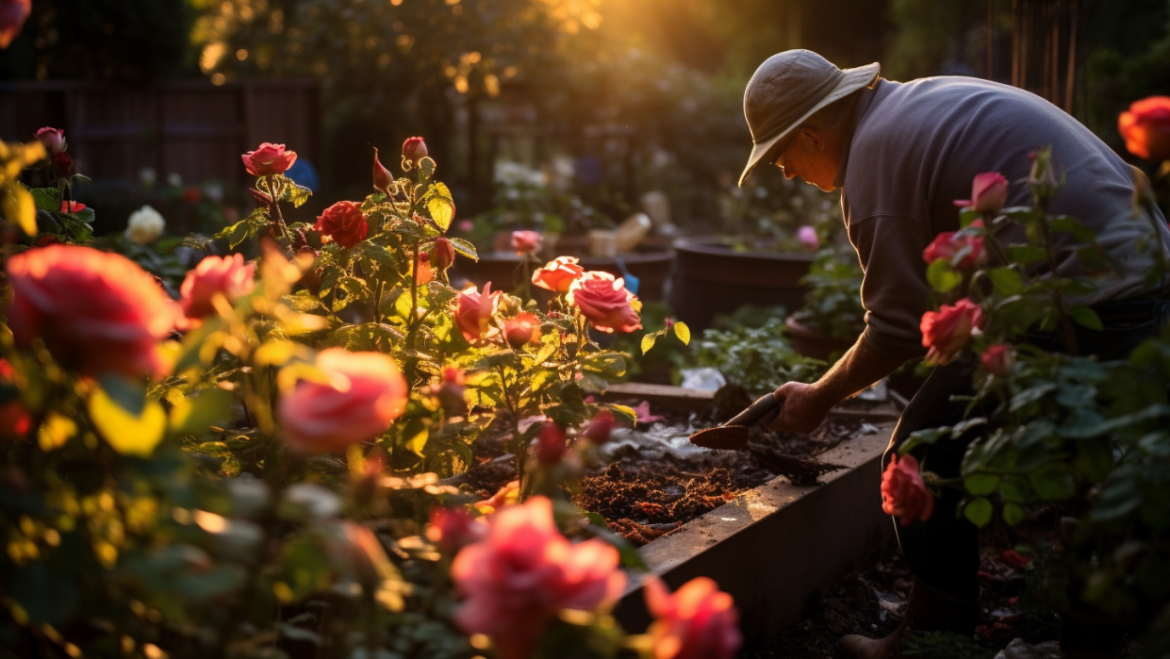Coffee may be the spark your garden needs to get going in the morning, and the act of making it can help kickstart your day. Ground coffee, which is usually thrown away, may be reused in the garden for the benefit of your plants. The benefits of utilising coffee grounds in your garden, as well as how to get started and what tools you'll need, are discussed in detail in this article.
Benefits:
Nutrient Boost:
Plants need nitrogen, potassium, phosphorus, and several trace minerals, all of which may be found in plenty in used coffee grounds.
They also aid in boosting the soil's capacity to retain water and breathe.
Natural Fertilizer:
Decomposing coffee grounds provide helpful bacteria to the soil since they are an organic substance.
They have the potential to replace commercial fertilisers while saving money and helping the environment.
Pest Deterrent:
Slugs and snails may be deterred with the help of caffeine and diterpenes present in coffee grounds.
A barrier may be created around plants by using used coffee grounds to deter these pests.
Acidity Regulator:
The acidic soil that plants like azaleas and blueberries need may be improved with the addition of used coffee grinds.
Composting Ingredient:
Coffee grinds, being a naturally occuring substance, may be beneficial when added to a compost pile.
The First Steps:
Collecting Coffee Grounds:
Instead of discarding them, save your used coffee grounds. Many coffee businesses will even give away their old grounds for free, so keep an eye out for them and add them to your collection.
Soil Analysis:
It's best to check the soil's pH level to make sure it's plant-friendly before putting coffee grinds.
Application:
The coffee grounds may be added to the soil in two ways: either by scattering them on the ground or by mixing them in. A second round of brewing will provide a more stronger liquid fertiliser.
Composting:
Blend coffee grounds with other compostables like leaves, twigs, and food scraps to make a well-rounded compost.
Important Tools:
Collection Container:
A special can that may be used to collect and save used coffee grinds.
Soil pH Test Kit:
A straightforward equipment for measuring and keeping tabs on the acidity of soil.
Compost Bin:
A compost pile or other designated place in the garden for recycling kitchen scraps like used coffee grounds.
Gardening Gloves and Tools:
Tools and protective clothing for dealing with dirt and coffee grinds.
Conclusion:
You can do your part for the environment and give your plants a boost in vitality by recycling your coffee grounds. You may start minimising garbage while helping your garden flourish by using coffee grounds as fertiliser with very little initial investment of time or resources. So, keep in mind that your plants might potentially share your love of coffee the next time you prepare a pot.




Add Comment